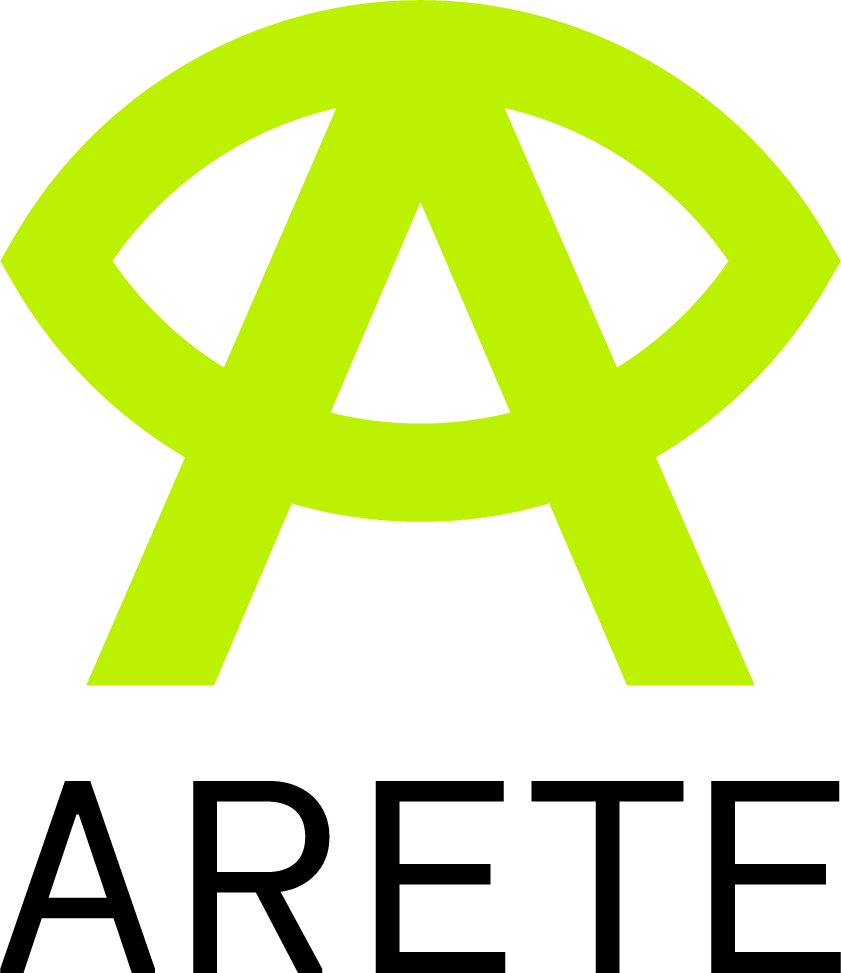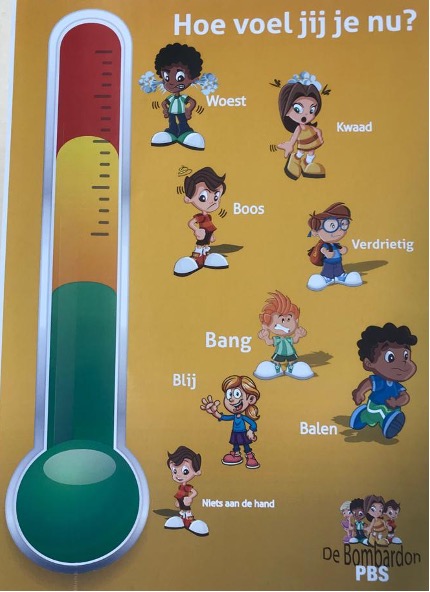How AR may impact on learning literacy skills for students with Neurodiversity
Prior to exploring the potential impact of Augmented Reality (AR) for students with neurodiversity, we must first define the term “neurodiversity” which was first coined by the sociologist Judy Singer in 1998, and refers to a “variation in the human brain regarding sociability, learning, attention, mood and other mental functions,” [Wikipedia]. The common clinical disorders, as classified by the Diagnostic and Statistical Manual of Mental Disorders, 5th Edition (DSM-5 2013) include Specific Learning Disorder / Dyslexia, Dyscalculia, Developmental Co-ordination Disorder (DCD) / Dyspraxia, Developmental Language Disorders (DLD), Attention Deficit Hyperactivity Disorder (ADHA), Autism Spectrum Disorder (ASD), Obsessive Compulsive Disorders (OCD) and Tourette’s Syndrome. Multiple studies have shown that it is rare for any of these disorders to occur in isolation, so this group may also have other comorbid neurodiverse conditions present to varying degrees of severity. These factors can have an impact on how a student might ‘receive and react’ to the introduction of AR.
In the H2020 ARETE Pilot 1 project, the cohort being studied are students between the ages of 9 and 12 years, all of whom are known to be presenting with a range of literacy difficulties. Some will be classified in the Dyslexia category, where their deficits are due to a neurological, genetic or biological origin. There is also a cohort demonstrating the same below average academic achievement levels, presenting with literacy difficulties that are primarily due to environmental causes e.g. missing school, frequently changing schools or the literacy pedagogy adopted does not suit their learning styles.
These factors need to be considered in the development and presentation of AR educational materials – what suits the ‘neurotypical’ (typical physical, cognitive and neurological development) cohort may not suit those with neurodiversity and this could result in a strong negative physical reaction. This needs to be factored in to the Research programme.
With advancements in understanding and knowledge concerning neurodiversity, coupled with the evolving diversity in the student population, it is important that educators and EdTech developers are aware of this situation when considering the seamless fusion of new and exciting emerging technologies, along with evidence based educational tools and practices. There is a lot to consider from a multidisciplinary perspective to provide effective and sustainable literacy solutions for this deserved cohort. In the ARETE Pilot 1 project, an important question we must ask ourselves is – “does this new AR technology facilitate students with different learning styles, strengths and deficits to help them meaningfully engage in the literacy content and consolidate and generalise what has been taught”?
Understanding that each individual’s brain is composed of complex systems and functions, with a myriad of diverse characteristics, aids in the acceptance that EdTech developers and User Interface and User Experience experts need to present educational material, in this case literacy solutions, is ways that suit the multiple blends of learning styles.
Garzón et al (2017) researched, via a systematic literacy review of 50 articles, the most effective ways to utilise and integrate AR into education. One area they focused on was ‘accessibility’ and pinpointed 4 main principles that should be considered when developing AR Applications:
- Perceivable: the User Interface and App content can be readily perceived.
- Operable: all components of the User Interface must be operable.
- Understandable: all components of the User Interface must be understandable.
- Robust: the content can be interpreted across learning platforms, including assistive technologies.
They also added the need for a Universal Design for Learning (UDL) which facilitates all learning styles and addresses the individuals learning needs and preferences thus levelling the learning playing field. They further advocated that AR APPS must not only be considered from their technical perspective and innovation but also that the content being delivered fulfils an educational goal and is supported by valid, accurate pedagogical driven content.
Coming from a clinical perspective (with no expertise in UI or UX) recounting feedback from multiple clients at both the language and literacy assessment and intervention stages, the following factors are commonplace and need to be considered:
- Are there speech difficulties – if so and if utilising voice recognition software in the app, is it sensitive enough to pick up children’s phoneme substitutions, omissions, distortions, vernaculars and accents etc.
- Are there receptive or expressive language difficulties – does the student experience difficulty remembering, retaining and understanding instructions. If so do the teaching concepts have supporting visuals clear enough to enhance comprehension?
- Are there auditory processing difficulties - either due to hearing acuity or hearing perceptual deficits. Have they difficulty listening to and discerning instructions in the presence of extraneous noise. Do they become confused and if so are the teaching instructions and concept visuals strong enough to anchor attention? Do they experience a sensitivity to sound – causing irritation and agitation, if so is there volume control or sound options to choose from? Is the speed of presentation – too fast or too slow and can this be modified?
- Are there visual perceptual difficulties – is the pace at which visuals are presented too fast or too slow. Are they bothered by the direction of the delivery of visual material, do they feel nauseous observing fading or pixilated screens, or information coming from many directions that they can’t control, have they difficulty with crossing the ‘mid line’ so they can’t visually track items across the screen. Do they skip lines, are items adequately spread out etc. Are items flashing – and does this trigger headaches? If so can this feature be switched off? Screens need to be colourful but not jarring. Have they difficulty with ‘figure ground’ and if so are the AR visuals presented clearly perceived. With literacy or numeracy tasks are letters / numbers always face up or do they twist or rotate – this would be a problem.
- Have they fine motor skill difficulties – are items easy to manoeuvre. Do the haptics match the needs? Do they have to type responses and if so do they have keyboard skills. If not is there an alternative option?
- Have they a diagnosis of or queried ADHD, if so are there options for pause, replay and repetitions. Is there a clear flow of activities already organised and easy to follow? It is important to remember the content needs to be challenging and rewarding, not the delivery. Simple ‘modus operandi’ but complex content is best to keep engagement, challenge and to promote self-esteem via achievement.
- Have they Sensory Processing difficulties – have they a sensitivity to noise, touch, movement? Are too many senses being bombarded at once? If so this needs to be minimised or controlled.
- Are there frequent break options available without losing their place?
So many questions and many yet to be uncovered. One of the primary objectives of the ARETE Pilot 1 project is to provide research data to assist with answering the research question “How does AR Impact on Students Literacy Attainments”. From an Educational / Clinical perspective this is ‘ground breaking’ and innovation at its best – we look forward to the ARETE Pilot 1 research outcomes to further advance our understanding of this multifaceted area.
Rita Treacy
WordsWorth Learning Ltd.
References:
1). American Psychiatric Association (2013) Diagnostic and Statistical Manual of Mental Disorders, fifth edition, (DSM-5) Arlington, VA: American Psychiatric Publishing.
2) Garzón, J. et al (2017) Augmented Reality Applications for Education: Five Directions for Future Research. Conference: International Conference on Augmented Reality, Virtual Reality and Computer Graphics.



